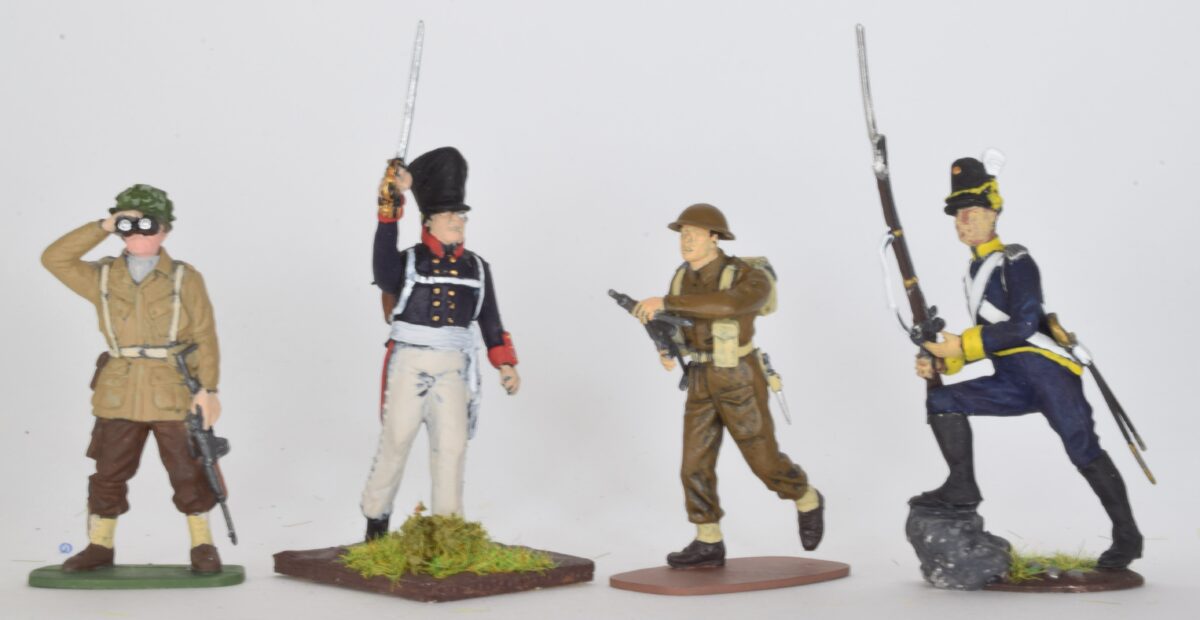This blog is about “toy soldiers”. This is a generic designation that seems to be self explanatory. However there are many types of figures, some really “toy soldiers” whilst other are true art pieces. I’m going to try to give here an overview on this theme as complete as I can. It advisable to consult the books listed on the Bibliography chapter.
Material
Toy soldiers are made in a variety of materials like wood, paper, metals, composition and plastics. I remember that when I was a kid there were sheets of paper with soldier drawings that we had to cut and glue on cardboard to make an army. The most common metal to make toy soldiers was lead due to low melting temperature. However due to toxicological problems this material is nowadays seldom used. Some companies preferred to use aluminium.
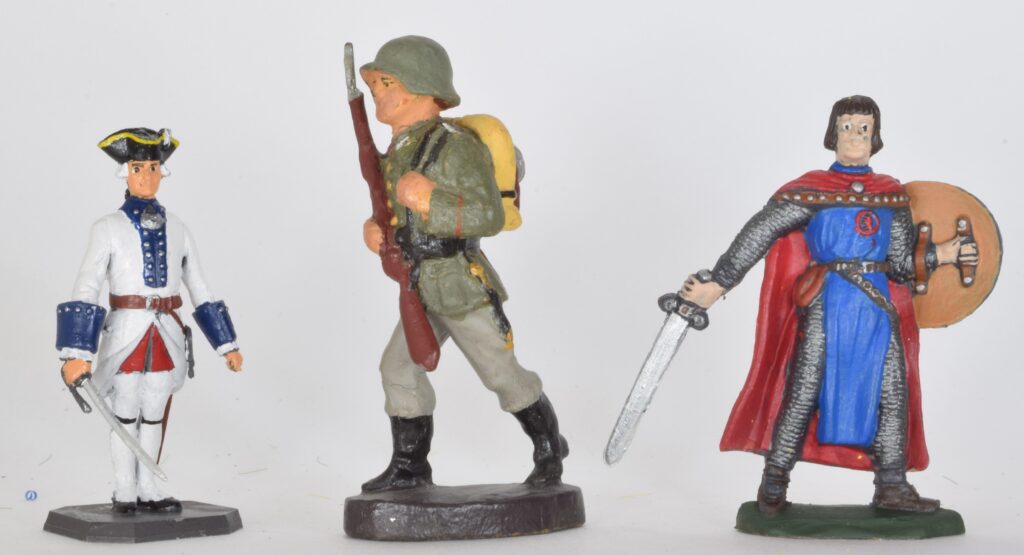
Fig. 1 – Three different materials: a metal figure from Rose Miniature, composition from Elastoline and plastic made by Reamsa.
When metal became scarce because of war effort the German company Lineol developed a material made of a mixture of plaster, wood and glue, producing figures that are nowadays classics. This material did not allow for crisp details, however a good paint job gives these figures a very beautiful appearance.
After WWII plastics reached the shops in many appliances and toy soldiers makers soon realised that they could use this new material for their production. The advertising proclaimed that this new material made “unbreakable” figures. Unfortunately this was not exactly true. Many figures produced in the first years are prone to break as many collectors know. There are many types of plastics. We can simplify in three categories; hard, soft and resin. Hard plastic has the advantage to be easily glued with the right type of glue. On the down side it is more fragile. Soft plastic in more difficult to glue but is less fragile. Resin allows for very crisp details and can be glued.
There are figures that were produced with a mixture of materials. Britains Deetail range is easily recognisable because the plastic figures are attached to a metal base through pegs on figures feet. Sometimes plastic figures are equipped with metal guns or spears. The composition figures have a metal armature inside to increase strength.
Morphology
There are basically three shapes of toy soldiers; flat, semi-flat and “ronde bosse” or 3D. Flat figures were very popular in Germany mostly in 30 mm size. These figures are produced by engraving a sheet of metal. The paint work gives an illusion of volume. Semi-flat figures are a bit thicker and could be made at home with metal or rubber moulds. In my collection I have figures that I made with metal moulds from the company “Meisterzinn”.
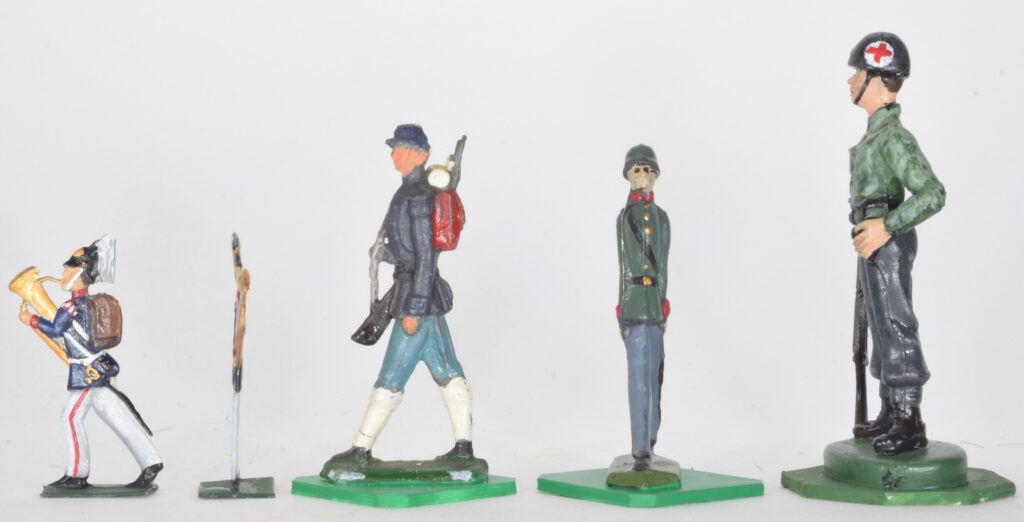
Fig. 2 – Flat, semi-flat and 3D figures.
The difference between semi-flat and 3D figures is sometimes narrow, because the shape of figures takes in consideration the mould morphology. Recently semi-flat plastic figures have been produced by Russian companies.
How many pieces ?
Usually toy soldiers are one piece figures. To facilitate mould production, some makers produce separate pieces, like shields and other weapons. On the other side there are figures made of a large number of pieces that must be glued together. These are known as “kits”. Probably they should not be considered as toy soldiers. Some collectors with great patience and skill make true art pieces. These figures are, clearly, for display purposes and not to play or to make wargames. I have some figures, from Expeditionary Force, that are made of soft plastic and in various separate pieces. These figures are between one piece and kit figures.
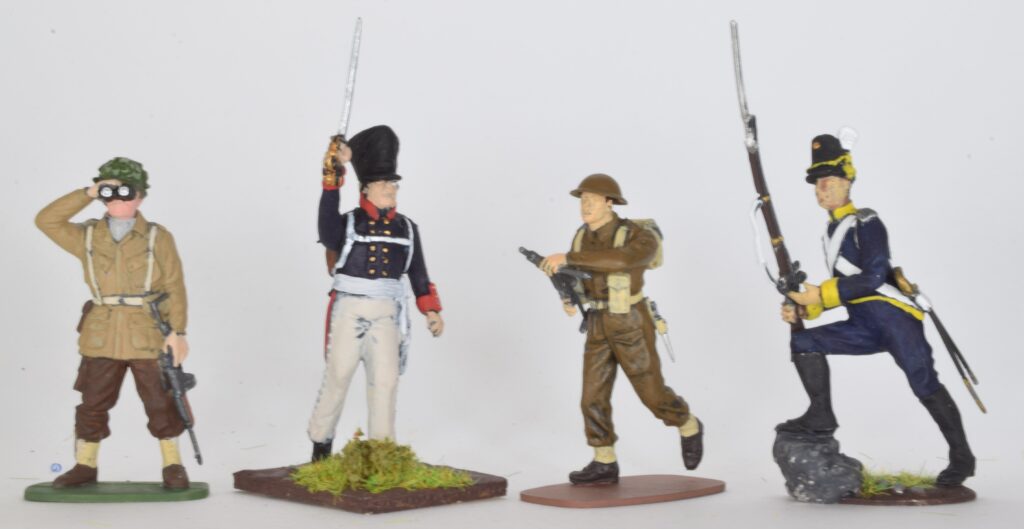
Fig. 3 – One piece plastic figure from Airfix, a Prussian soldier with a separate right arm, plastic kit from Airfix and a metal kit from Tradition of London.
This is not the all picture. Mostly in the 60’s companies, like Britains and Timpo, made figures with various parts that were just fixed together but not glued. They were the “swoppet” figures (Fig. 4). In my opinion some of the most beautiful figures ever produced were from this type.
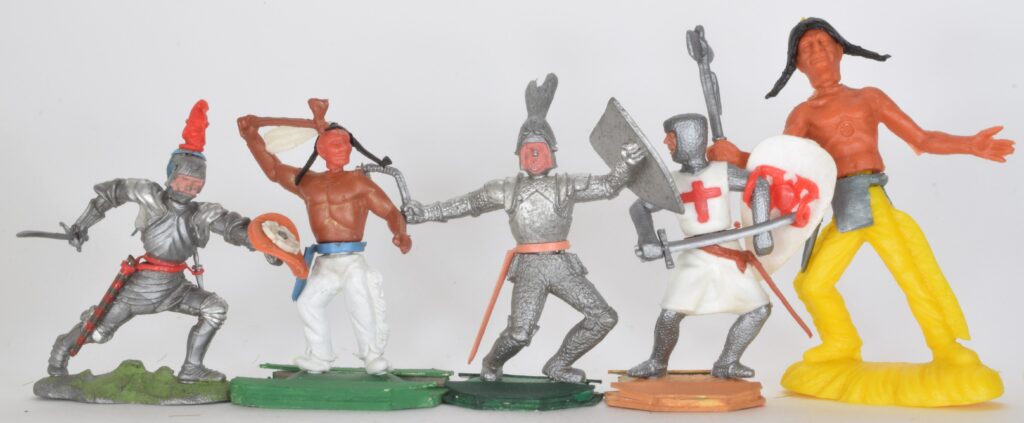
Fig. 5 – Various swoppet type figures. Britains, War of the Roses series, Indian from Crescent, Timpo first serie, Timpo crusader and Indian from Nardi.
Size matters
Most toy soldiers belong to the scale of 1/32 which corresponds approximately to 54 mm (from feet to eye level). There is a tendency to increase size to 60 mm. As in all aspects that I have described so far there is a huge variation. Nowadays there is an increase of figures in 28 mm size intended to the wargame hobby. The quality is usually very high so that if you don’t have much space they could be a good alternative to 54 mm figures. On the other side figures in 90 mm size are becoming more common. Usually they are from the Medieval or Fantasy themes.
To paint or not to paint…
This is a question that divides collectors. Many collectors only admit to collect unchanged pieces. This means that if the figures come from factory unpainted they stay that way. But there are also collectors that like to paint figures because a part of enjoyment in collecting figures is also aesthetic. I confess that I’m on the painting side. Some figures are sold with a very limited paint job and could improve with a few brush strokes. This action decrease figure value for the hard core collector. That consequence is not of my concern as I collect for pleasure not for investment. So in the end is all up to you; do what gives you more pleasure. In conclusion there is not a right or wrong way to collect toy soldiers.
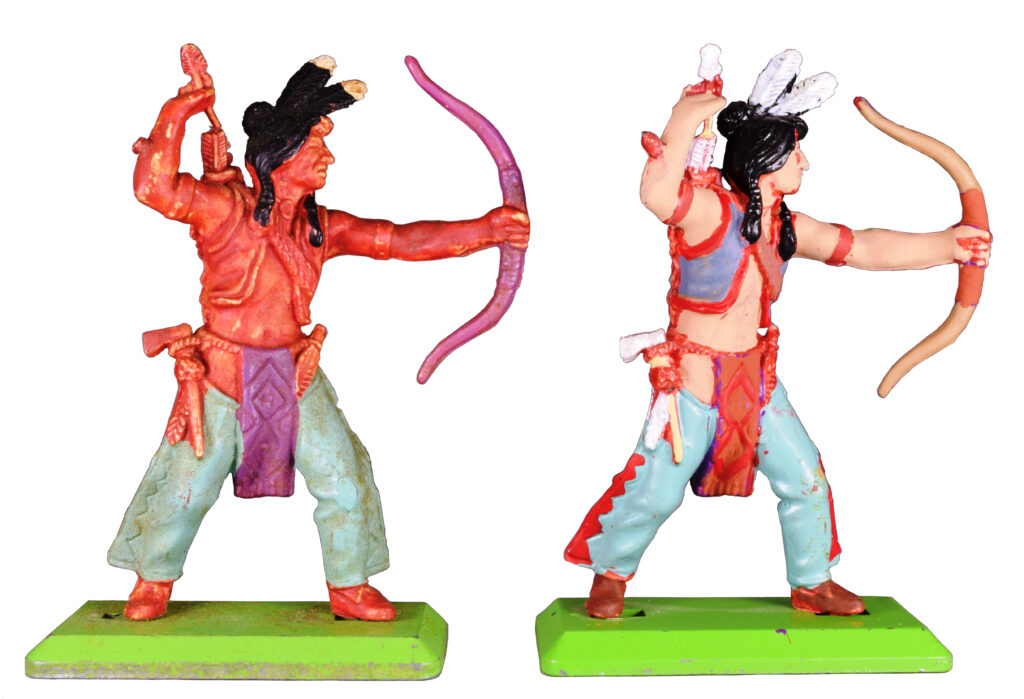
Fig. 6 – The figure from the left shows the original paint job. On the right my paint version.
